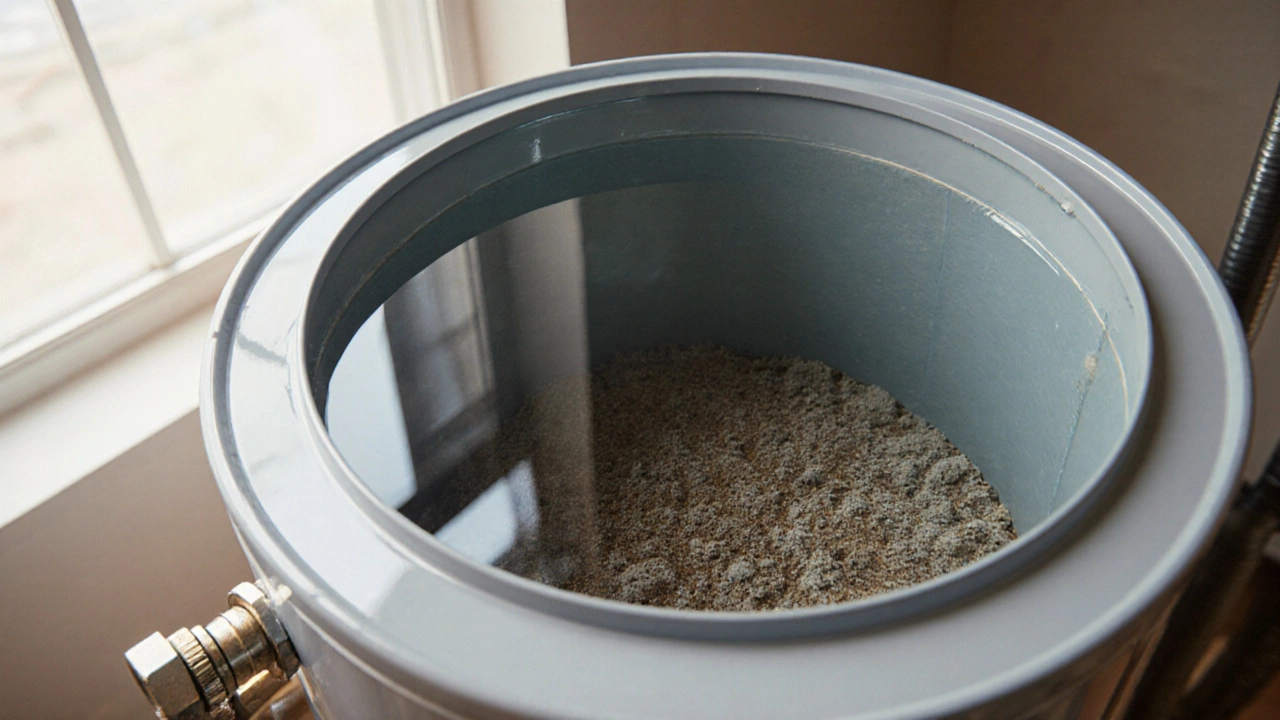Water Heater Flushing
When working with Water Heater Flushing, the process of clearing mineral deposits and sediment from a domestic hot‑water system to restore efficiency. Also known as tank cleaning, it prevents energy waste, prolongs appliance life, and protects your plumbing.
One of the biggest culprits behind a sluggish heater is Sediment Buildup, a layer of mineral particles that settles at the bottom of a storage tank over time. This coating acts like an insulating blanket, forcing the burner to work harder and driving up your energy bill. Pair that with Water Heater Maintenance, routine checks and minor repairs that keep the system running smooth, and you have a recipe for a reliable hot‑water supply.
Why Flushing Impacts Lifespan and Safety
Regular flushing is a cornerstone of Water Heater Lifespan, the total years a tank can operate before major parts need replacement. A clean tank maintains proper heat transfer, which reduces stress on the heating element or gas burner. It also protects the TPR Valve, the temperature‑pressure relief valve that vents excess pressure to avoid explosions. When sediment blocks the valve, pressure can build dangerously, leading to leaks or catastrophic failure.
Hard water regions see more mineral runoff, so the Pressure Relief Valve, a safety device that releases steam if temperature spikes, gets clogged faster. Flushing clears this path, ensuring the valve can do its job. In addition, a well‑flushed system improves water quality at the tap, reducing rusty stains and extending the life of downstream appliances like dishwashers and washing machines.
Getting the job done yourself usually starts with a Flushing Kit, a set that includes a hose, bucket, and connector to force fresh water through the tank. You’ll also need a pipe wrench, a garden hose, and a safe place to dump the dirty water. The steps are simple: shut off power or gas, close the cold‑water inlet, attach the hose to the drain valve, open the relief valve, and let fresh water rush in until it runs clear. If anything feels off—odd noises, lingering rust, or a stuck drain valve—call a qualified plumber. Professionals have pressure‑testing equipment and can spot hidden issues like corroded anodes that DIYers often miss.
Whether you’re a DIY enthusiast or prefer a certified technician, understanding the link between flushing, sediment, and overall system health lets you make smarter choices. Below you’ll find a range of articles that dive deeper into troubleshooting resets, spotting early warning signs, and comparing repair versus replacement costs. This collection gives you the practical insight you need to keep your hot water flowing smoothly and safely.
Optimal Water Heater Flushing Frequency: Keep Your Hot Water Efficient
0 Comments
Learn the ideal water heater flushing schedule, step‑by‑step guide, signs of sediment buildup, and maintenance tips to keep hot water efficient and durable.
Read More